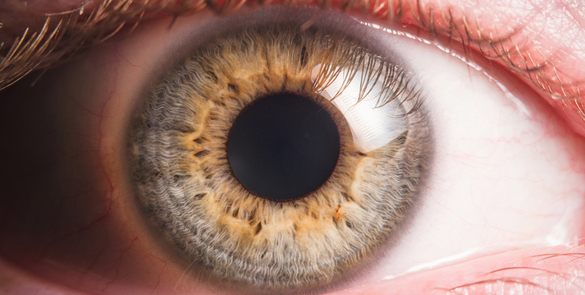
Corneal Transplant
Why do you need a corneal transplant?
The cornea is a window of transparent tissue at the front of the eyeball. It allows light to pass into the eye and provides focus so that images can be seen clearly. Various diseases or injury can make the cornea either cloudy or change shape. This prevents the normal passage of light into the eye and affects vision.
The cornea has 5 layers (two outer and inner thin layers and a thick middle layer)
Types of Corneal Transplants:
- Deep Anterior Lamellar Keratoplasty (DALK)
- Superficial Anterior Lamellar Keratoplasty (SALK)
- Endothelial Keratoplasty ( DSAEK and DMEK)
- Penetrating Keratoplasty
DALK removes the outer three layers of the cornea and replaces them with donor layers to give a partial-thickness corneal transplant. 90% of patients achieve driving standard of vision but glasses or lenses may be needed or even another surgery; full recovery may take up to 18 months. There are risks with DALK but serious complications are rare. Rejection of the transplanted cornea can also occur but in less than 10% of cases in the 2 years after surgery and it is easy to treat as the rejection does not affect the rear corneal layer (endothelium). DALK generally has a lower risk. However, DALK has a slightly lower chance of achieving 6/6 vision (excellent vision) than with full thickness grafts.
Endothelial Keratoplasty (EK) replaces the inside layer of the cornea with a donor layer inserted through a small incision without the need to suture the graft. Most patients achieve driving vision, sometimes with glasses, and it can take up to 6 months to see the full benefits. It is a new type of corneal graft and complications are less serious, these include rejection of the transplanted cornea, graft failure, glaucoma and graft dislocation, which may require the repositioning of the graft by using air, which can be done easily under topical anesthesia. EK offers faster recovery compared to full-thickness grafts, due to the smaller incision and no suture related problems such as astigmatism, broken suture or inflammation.
Penetrating Keratoplasty is a full thickness transplant and 75% of patients achieve driving vision, possibly needing vision aids or another surgery, and around 18 months for full improvement of vision. Risks are rare but can be serious and sight threatening including corneal transplant rejection, graft failure, glaucoma, cataract.
All the corneal transplant operations are performed under general or local anaesthetic and take about one hour. Patients are examined after surgery and generally go home the same day. They need to use steroid drops for about 1 year, or less for Endothelium Keratoplasty.
